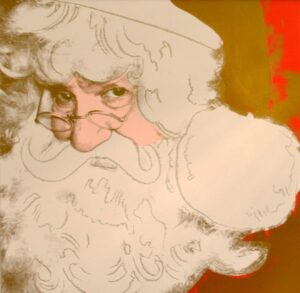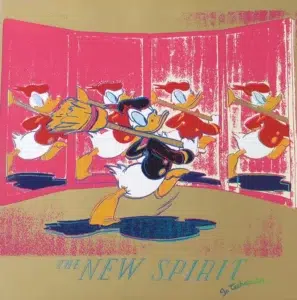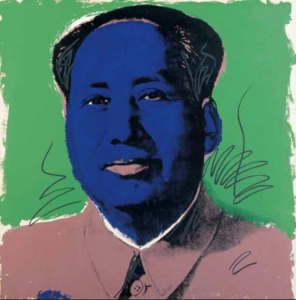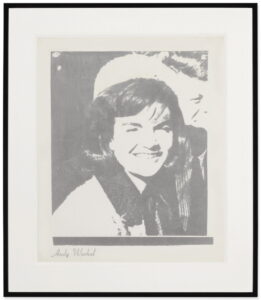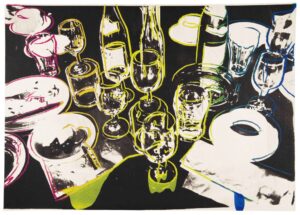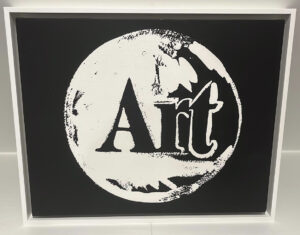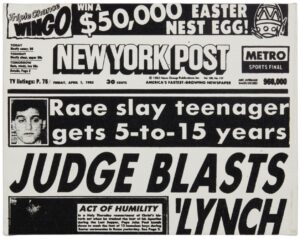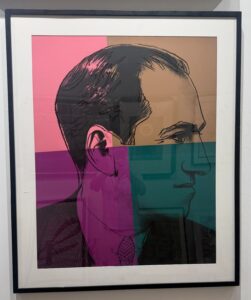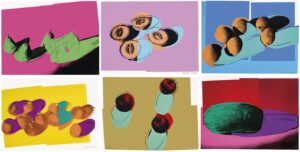Tattooed Woman Holding A Rose, 1955
29 x 11 inches (73.7 x 27.9 cm.)
All works are inspected prior to delivery, work will be sent out tracked and insured at buyers cost. If you'd like to make specific arrangements or discuss collection then please contact us directly.
Accepted: Wire transfer
ART PLEASE Assurance Policy: Every ART PLEASE seller has been approved by ART PLEASE after a thorough review. All of our sellers are required to accept the following ART PLEASE policy: A buyer may return an item purchased through ART PLEASE, if the item received is not as described in its listing, or is found to be unauthentic.
Andy Warhol, a leading figure of the Pop Art movement, revolutionized the art world by blending commercial imagery with fine art, making everyday objects and celebrities the focus of his work. Known for his fascination with consumer culture and mass production, Warhol often used techniques like silkscreen printing and offset lithography to produce vibrant, repetitive compositions. His work challenges traditional notions of originality and art-making, highlighting the intersection of art, commerce, and popular culture. Warhol’s studio, the Factory, became a hub for creativity, celebrity, and experimentation, cementing his legacy as a cultural icon of the 20th century.
One of Warhol’s lesser-known but still historically important works is Tattooed Woman Holding A Rose, an offset lithograph rendered in vibrant orange on green thin wove paper. Measuring 29 x 11 inches (73.7 x 27.9 cm.), the piece features Warhol’s playful yet enigmatic depiction of a tattooed woman, a motif that evokes themes of individuality and subculture while maintaining his signature graphic aesthetic. On the reverse side, the artwork is authenticated with the ‘Estate of Andy Warhol’ and ‘Andy Warhol Art Authentication Board’ ink stamps, as well as pencil annotations, underscoring its provenance and significance. This piece captures Warhol’s ability to explore unconventional subjects, offering a glimpse into his fascination with both personal identity and societal norms, set against his trademark bold style.







